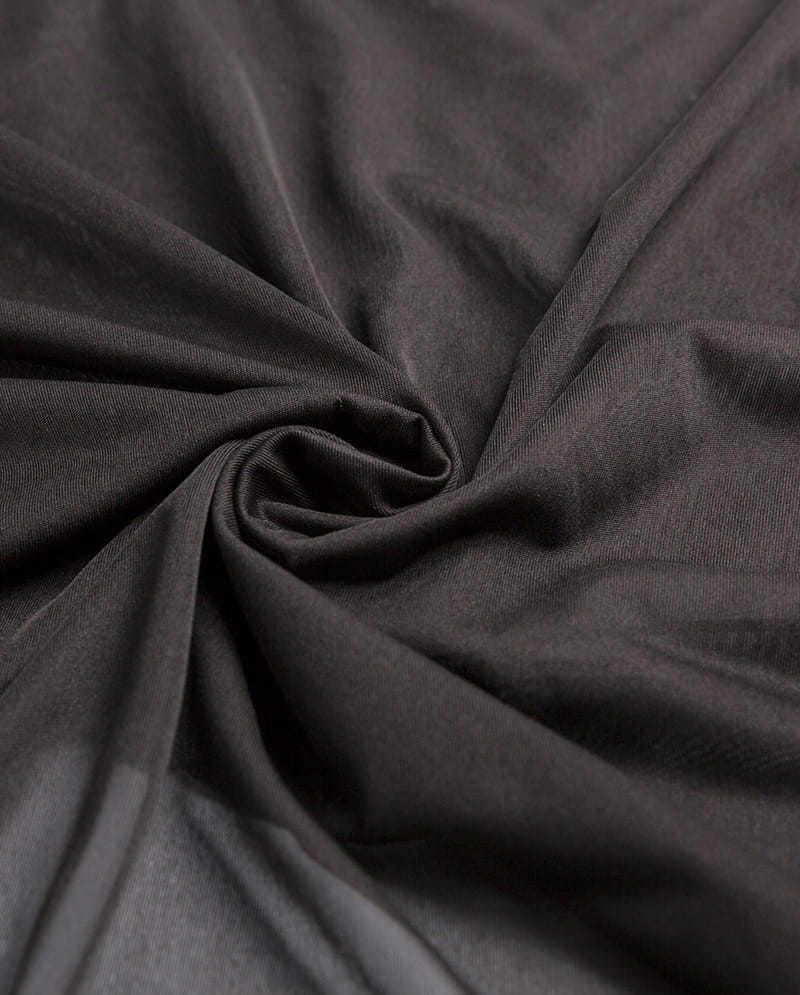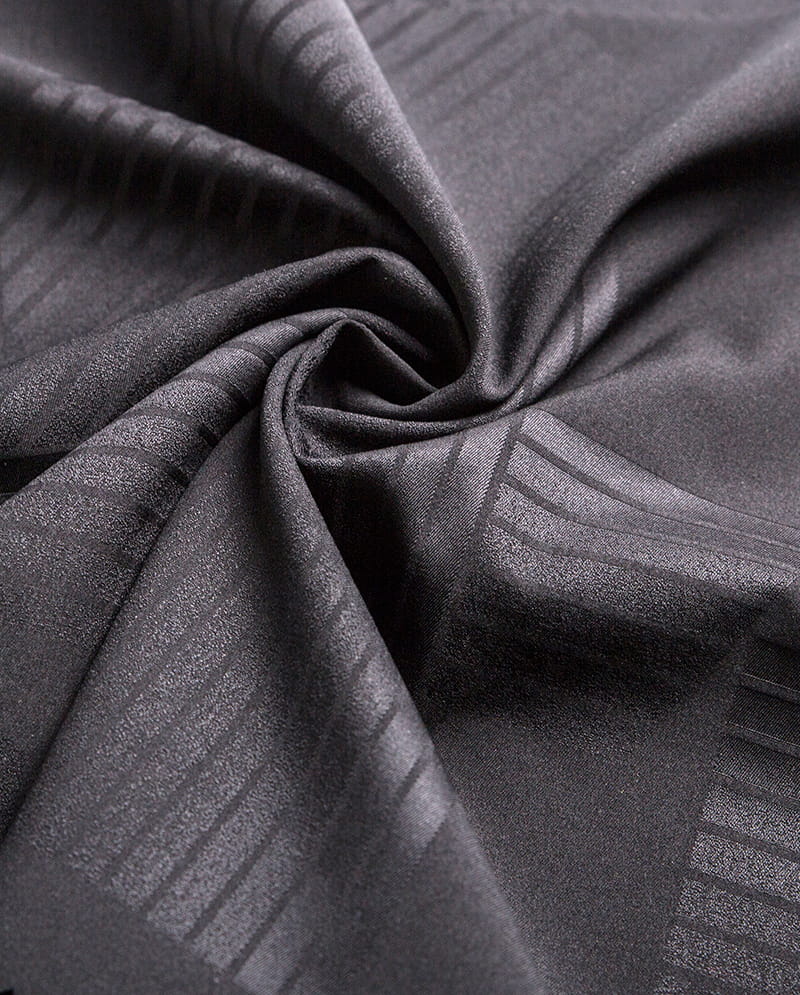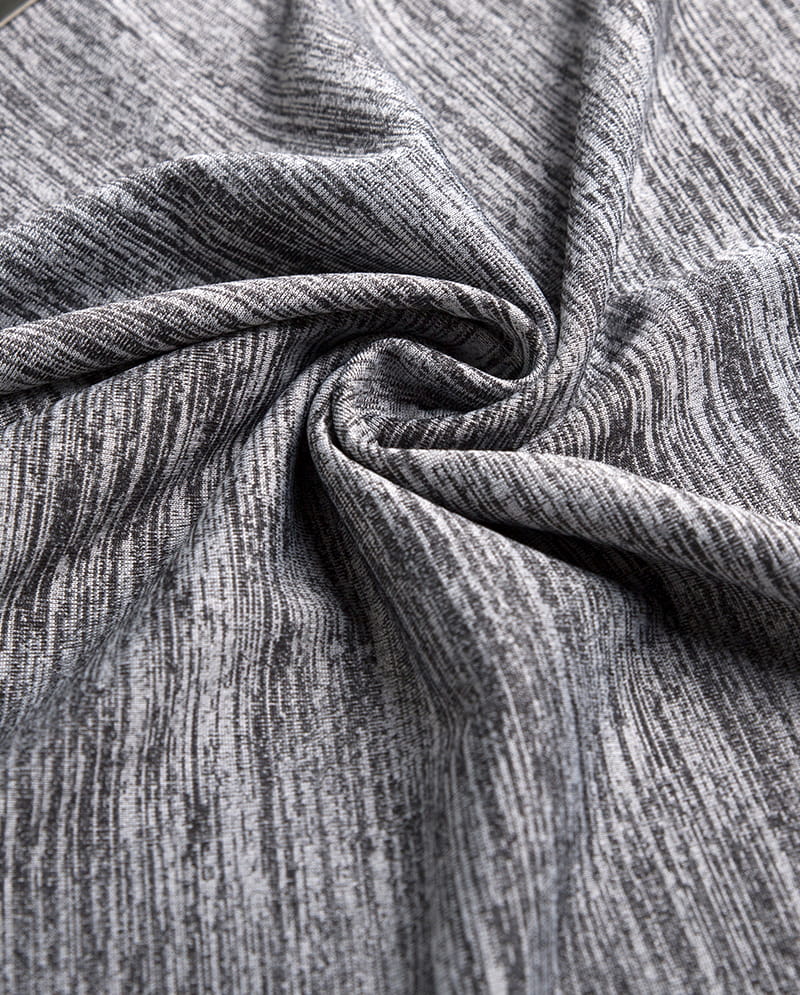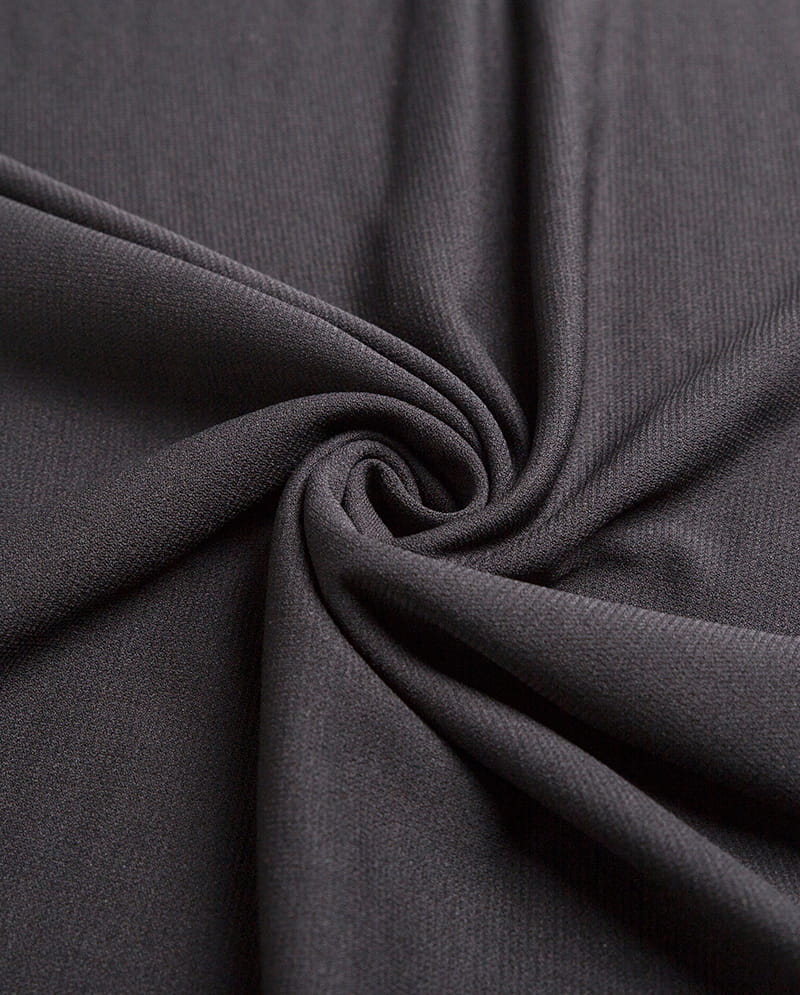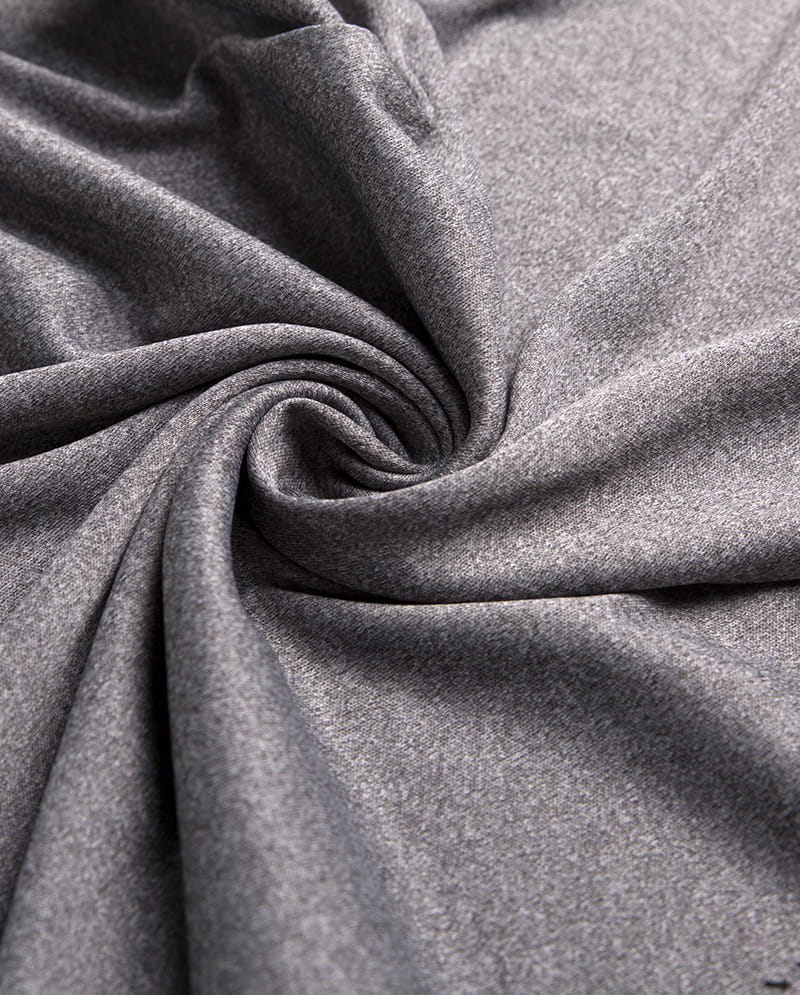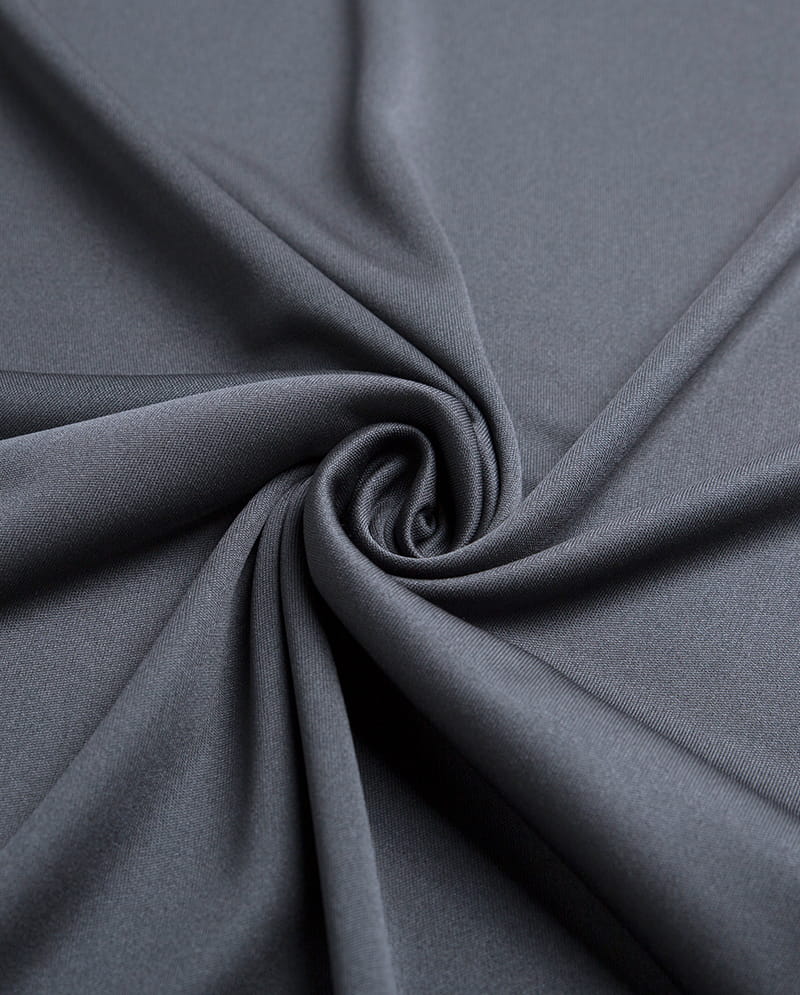How Can Manufacturers Ensure Consistency in the Color and Texture of Recycled Yarn?
Recycled yarn has gained growing attention in recent years as a sustainable alternative to virgin fibers. By converting textile waste or used materials into usable yarns, manufacturers can significantly reduce resource consumption and environmental impact. However, while recycled yarn offers substantial ecological benefits, one persistent challenge remains—maintaining consistency in color and texture across different production batches.
Color and texture uniformity play a major role in determining the visual appeal, performance, and market value of recycled yarns. Customers expect stable quality, whether the yarn is used for fashion, upholstery, home textiles, or industrial applications. To meet these expectations, manufacturers must take deliberate steps at every stage of production—from waste collection to spinning and finishing.
1. Understanding the Inherent Challenges
Before implementing control measures, it is essential to understand why achieving consistency is difficult with recycled yarn.
Recycled yarn is typically made from post-consumer or post-industrial textile waste, such as fabric scraps, used garments, or defective rolls. These materials can vary widely in:
- Fiber content – Cotton, polyester, nylon, viscose, and their blends all behave differently when processed.
- Dye history – Pre-dyed waste introduces numerous color variations that can be hard to standardize.
- Physical condition – Some waste materials may be worn, faded, or contaminated.
- Fiber length and strength – Mechanical recycling tends to shorten fibers, impacting texture and evenness.
Such variables make it difficult to produce recycled yarns that look and feel identical from one batch to the next. Hence, manufacturers must develop precise systems to control and compensate for these inconsistencies.
2. Careful Sorting and Pre-Processing of Waste Materials
The foundation of consistent recycled yarn lies in the sorting process. Sorting determines the quality, color, and blend ratio of the final yarn.
a. Sorting by Fiber Type
Sorting waste by fiber type is crucial. Mixing cotton with polyester, for instance, can produce unpredictable results during carding and spinning. Manual sorting or advanced automated sorting systems—such as NIR (Near-Infrared) scanners—can help identify fiber compositions accurately.
b. Sorting by Color
If manufacturers plan to make yarns without re-dyeing, pre-sorting by color can significantly reduce variation. Grouping similar-colored materials before shredding allows for more uniform shades in the end product.
c. Removing Contaminants
Zippers, buttons, adhesives, or blended materials can interfere with the recycling process. Clean, contaminant-free input leads to smoother yarns and consistent appearance.
3. Blending for Uniformity
Once sorted, the fibers are blended to create a homogeneous mix. Blending is a vital step to minimize batch-to-batch variation.
Manufacturers can use the following blending techniques:
- Batch blending: Mixing multiple lots of similar fibers in defined proportions before spinning.
- Continuous blending: Using automated feeders to constantly mix fibers during processing for better uniformity.
By combining fibers from different waste sources, manufacturers can “average out” minor color and texture differences, resulting in a more consistent yarn.
4. Controlled Fiber Processing
Mechanical recycling involves several steps—shredding, carding, drawing, and spinning. Each of these must be tightly controlled to achieve stable quality.
a. Fiber Opening and Shredding
The process of converting fabric scraps into individual fibers can lead to damage if done harshly. Adjusting the machinery settings to maintain optimal fiber length and minimize dust ensures better texture and smoothness.
b. Carding and Drawing
During carding, fibers are aligned and impurities removed. Proper maintenance of carding machines and consistent feed rates help maintain even sliver quality. Drawing, which further aligns and evens out fibers, plays a critical role in texture consistency.
c. Spinning
Modern spinning systems, such as open-end or ring spinning, allow for more control over yarn twist and density. Consistent spinning tension and humidity levels can prevent irregularities in yarn feel and thickness.
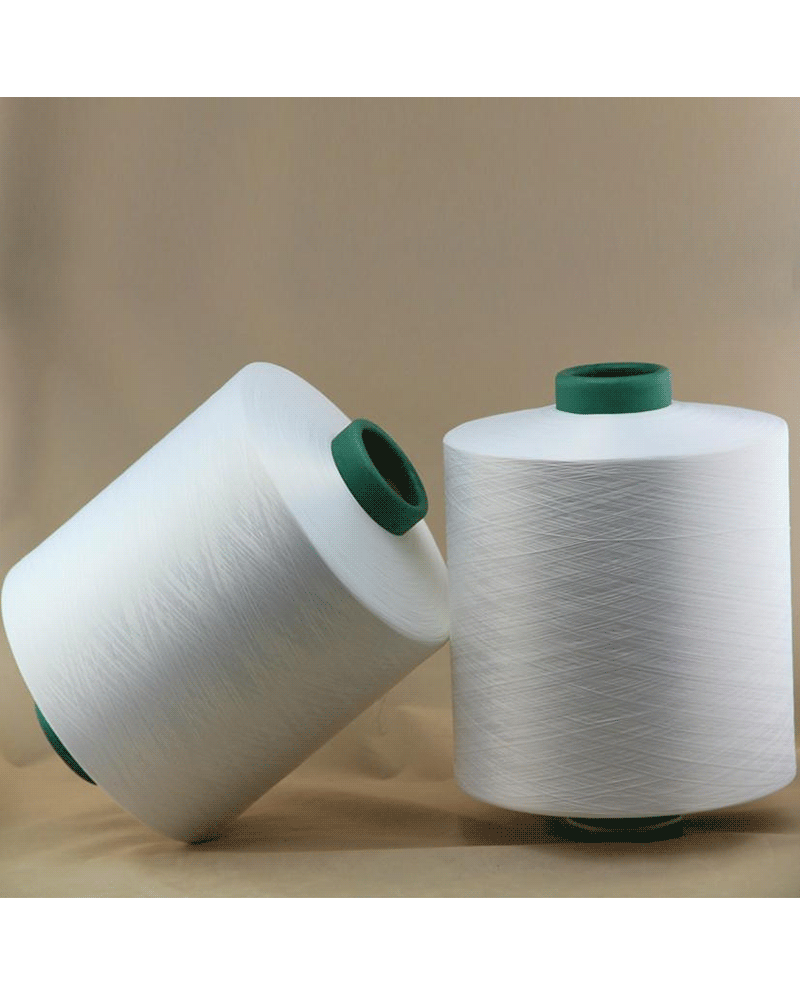
5. Color Management and Dyeing Consistency
If the recycled yarn is to be dyed, color consistency becomes an additional challenge. Achieving a uniform hue depends on precise color measurement, dye formulation, and process control.
a. Spectrophotometric Color Matching
Using spectrophotometers, manufacturers can measure the color of recycled fibers and adjust dye recipes accordingly. Computer-aided color matching systems help predict how different fiber blends will take up dye.
b. Standardized Dyeing Protocols
Every dyeing stage—from pre-treatment and pH control to temperature and dwell time—affects final color. Establishing strict process parameters ensures reproducible results.
c. Batch Sampling and Testing
Taking small samples from each batch and testing them for color fastness, shade uniformity, and surface appearance before full-scale dyeing helps detect inconsistencies early.
6. Implementing Quality Control Systems
Consistency cannot be achieved without systematic quality control (QC) throughout production. Reliable QC frameworks include:
- Incoming material inspection – Checking fiber type, moisture, and color deviation before processing.
- In-process monitoring – Using sensors or cameras to detect irregular fiber flow, sliver unevenness, or color shifts during production.
- Final product testing – Evaluating yarn for strength, evenness, twist, color fastness, and hand feel.
Maintaining detailed QC records helps trace back problems to their sources, allowing continuous improvement.
7. Standardization and Process Documentation
Documenting each stage of the recycling and spinning process is essential. Standard operating procedures (SOPs) ensure that every operator follows the same steps and settings.
By keeping records of fiber types, blending ratios, dye formulas, and machine parameters, manufacturers can replicate successful batches and avoid variations caused by human error or machine differences.
8. Technological Innovations and Automation
Emerging technologies are helping manufacturers improve consistency in recycled yarn production:
- AI-based sorting systems can classify fibers by color and material automatically.
- Automated blending and dosing systems ensure precise fiber ratios.
- Real-time quality sensors monitor yarn thickness, strength, and surface smoothness during spinning.
- Digital color management platforms maintain a database of dye recipes and color tolerance levels.
Automation minimizes manual intervention, reduces subjectivity, and enhances repeatability across large-scale operations.
9. Continuous Training and Skill Development
Even with advanced equipment, skilled personnel remain vital. Workers trained in fiber identification, machine calibration, and quality control can detect subtle inconsistencies that automated systems may miss.
Periodic training sessions and cross-department collaboration promote a culture of precision and quality awareness, ensuring that sustainability goals are matched by product reliability.
10. Collaboration with Supply Chain Partners
Consistency does not depend on the manufacturer alone. Reliable supply chain partners—collectors, sorters, and dye suppliers—play an important role. Establishing long-term partnerships and clear communication channels ensures that input materials and auxiliary chemicals meet consistent quality standards.
Conclusion
Producing recycled yarn that maintains uniform color and texture is undoubtedly challenging, but it is achievable with disciplined processes and technology-driven precision. The key lies in controlling variables at every stage—from material sorting and blending to dyeing and quality assurance.
By investing in advanced sorting systems, standardized procedures, and skilled personnel, manufacturers can provide recycled yarns that not only meet visual and tactile expectations but also strengthen trust in sustainable textiles.
Ultimately, consistency in recycled yarn is not just a technical achievement—it is a statement of commitment to both quality and sustainability. As consumer awareness grows, manufacturers that master this balance will lead the way in shaping a more circular, responsible textile industry.

 English
English 中文简体
中文简体
